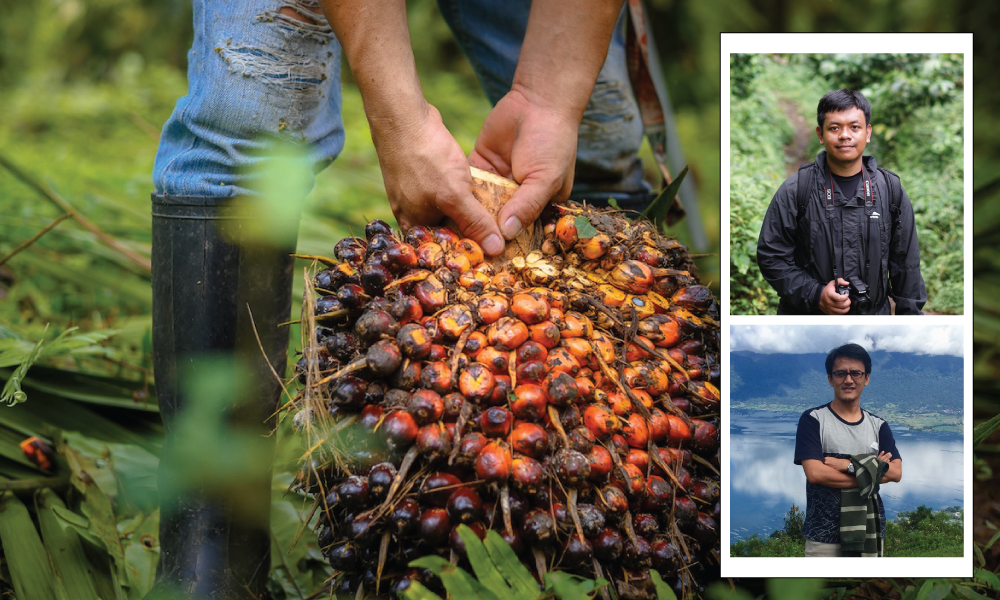Oleh: Alnus Meinata, Agung Hasan Lukman
Alnus is a lecturer in Faculty of Forestry, Gadjah Mada University and Agung Hasan Lukman is a lecturer at the Department of Forestry, Faculty of Agriculture, Bengkulu University. Both are Ph.D. candidate in Life and Environmental Science, University of Tsukuba.
CARAPANDANG.COM, JAKARTA — On December 30, 2024, Indonesian President Prabowo Subianto sparked controversy during the National Development Planning meeting in Menteng, Central Jakarta. His remarks downplayed deforestation concerns while encouraging the palm oil industry's expansion, claiming that palm oil is “a tree” and, like forest trees, provides oxygen and absorbs carbon dioxide.
Shortly after, Minister of Forestry Raja Juli Antoni further fueled the debate by proposing using 20 million hectares of forest for food and energy production as part of the government’s food security agenda. These statements have raised serious public concerns regarding the long-term implications for Indonesia’s forests and biodiversity.
The term "tree" in botany is a morphological description, not a taxonomic classification. A tree is generally defined as a woody, perennial plant with a distinct trunk and crown. However, monocots such as palms, including oil palm (Elaeis guineensis), lack secondary thickening from cambium, a key feature of true trees. The Kew Plant Glossary explicitly defines a tree as a plant with secondary thickening, excluding palms.



